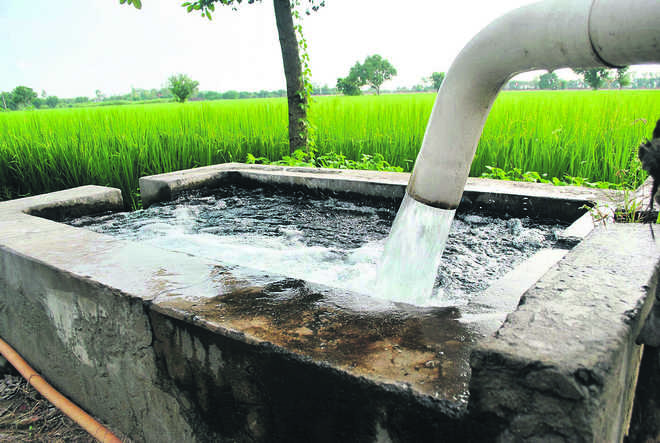SYLLABUS
GS-3: Environmental pollution and degradation, environmental impact assessment.
Context:
Recently, the Minister of State for Jal Shakti informed the Rajya Sabha that elevated levels of selenium have been detected in a limited number of groundwater samples from Haryana and Punjab.
About Selenium Levels in Groundwater
Central Ground Water Board (CGWB) generates groundwater quality data on a regional scale through monitoring programmes and scientific studies.
- CGWB was formed in 1970, with a mandate to “develop and disseminate technologies for Scientific and Sustainable development and management of India’s Ground Water Resources.”
In 2019, CGWB collected and analysed 5,956 groundwater samples for Selenium across 17 States/UTs.
Only 4 samples from, Jhajjar district in Haryana and Rupnagar (Ropar) district in Punjab, exceeded the permissible Selenium limit of 10 parts per billion (ppb) specified by the Bureau of Indian Standards (BIS).
Selenium
- Selenium (Se, atomic number 34) is a trace but essential element, toxic in excess.
- Selenium is a non-metallic element of the Sulphur group and a member of the group 16 elements, collectively known as chalcogens.
- It exists in multiple allotropic forms, both amorphous and crystalline at, room temperature.
- Selenium is widely used in agriculture, mining, energy generation and various industries and is recognised by global agencies as an emerging hazardous contaminant.
- According to the World Health Organisation, the recommended consumption level of ‘Se’ is 55-70 μg /day for adults, with 400 μg/day is considered toxic.
- The deficiency of Selenium can severely affect the human immune system, leading to a cardiomyopathy disorder called “Keshan disease” and the bone and joint disorder called “Kashin-Beck disease.”
Selenium in Groundwater
- High levels of selenium in drinking water can lead to various health problems such as hair and nail changes, nervous system damage, fatigue, irritability, kidney and liver damage with long-term exposure.
- The Bureau of Indian Standards (BIS) has set the acceptable Limit (AL) for selenium in groundwater at 0.01 mg/liter.
- Selenium occurs in groundwater mainly in anionic forms such as selenate (SeO4²⁻), biselenite (HSeO3⁻), and selenite (SeO3²⁻), depending on the pH (7.0–9.5) and redox conditions.
- Sources of contamination include natural deposits, copper smelting, mining, agriculture, and industrial discharges.
- Effective treatment methods for selenium removal include activated alumina adsorption, strong base anion exchange, reverse osmosis, and distillation, with reduction efficiencies ranging from 60% to over 98%.


